 The other day I heard about an educational seminar on the topic of solar power for Airstreams and decided to take a look. What I saw horrified me: the presenter turned this simple topic into an engineering class that would intimidate all but the geekiest among us. Imagine densely-packed slides full of numbers and technical terms.
The other day I heard about an educational seminar on the topic of solar power for Airstreams and decided to take a look. What I saw horrified me: the presenter turned this simple topic into an engineering class that would intimidate all but the geekiest among us. Imagine densely-packed slides full of numbers and technical terms.
Solar is easy. Don’t let anyone tell you differently. The sun shines, solar panels convert the sunshine into electricity, and that charges the batteries in your Airstream. That’s it.
The rest is stuff that only a few people really need to know. If you enjoy having all the details and talking about amps and volts (like me, I have to admit) by all means have fun learning everything you can, but I think most Airstreamers just want to get more camping time without having to find a plug or carry a generator.
Let me answer a few commonly asked questions:
“What can I run on solar?”
I often hear comments and questions from people who don’t understand exactly what solar panels are doing for them. At the risk of repeating myself: the solar panels charge the batteries. Solar panels don’t do anything else. So you don’t run anything on solar.
The batteries in your Airstream are actually doing the work of powering things when you’re boondocking. In my book “The Newbies Guide to Airstreaming” I have charts that show exactly what the batteries are powering. (In the 4th edition of the book you’ll find that chart on page 20.) Basically, if it runs on 12 volts, the batteries are powering it.
“Can I use the inverter?”
Sure. The inverter really has nothing to do with solar. It uses the battery’s energy to power the electrical outlets in the trailer. In other words, the inverter makes it possible for you to use things that have plugs, like the TV, DVD player and your laptop, when you’re boondocking—at least until the batteries run down.
Keep in mind that devices that plug in generally consume a lot of energy, so you should use them sparingly when you’re using the inverter. (I’ve done a more detailed blog on inverters which you can read here.)
“What size of solar panel system should I get?”
Unless you’re planning to camp off-grid for long periods of time, you don’t need a particularly large solar array. You can get a lot of benefits from a simple, plug-and-play portable solar setup like this one. You just unfold it, point it at the sun, plug it in, and walk away.
Solar panels are usually rated in terms of watts. The watt rating is really only useful for comparing one system to another since the actual energy generated on a given day varies depending on factors like cloudiness, time of year, and latitude. Personally, I wouldn’t bother with a system of fewer than 120 watts.
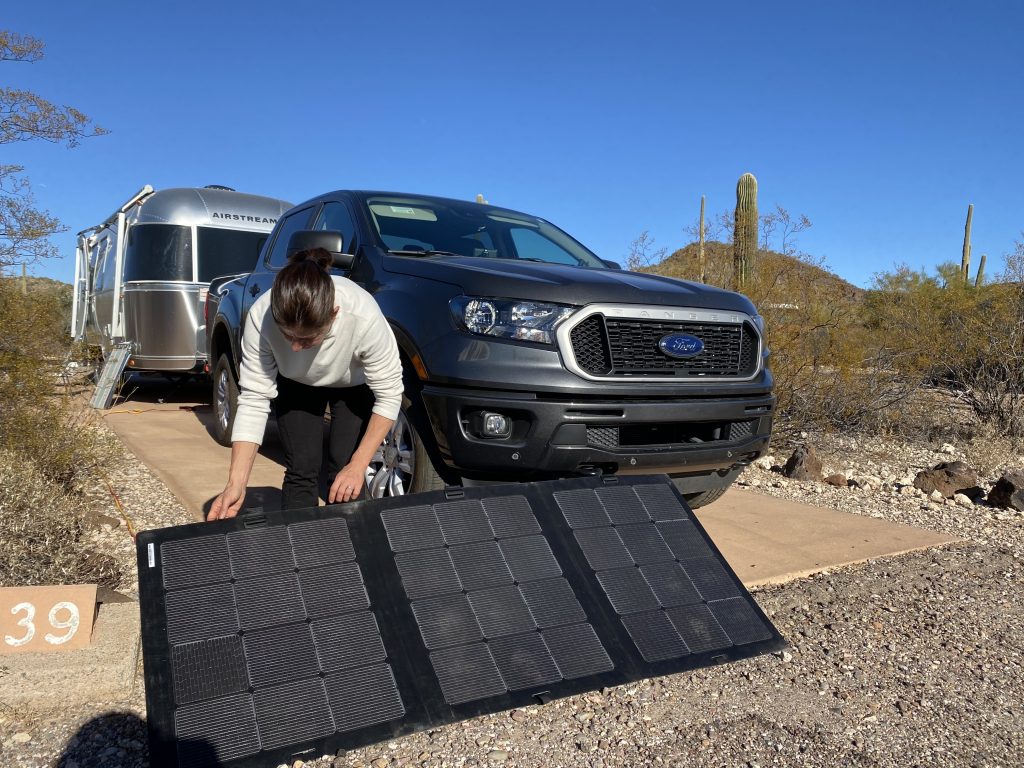 “Should I get solar or a generator?”
“Should I get solar or a generator?”
It depends on how you camp or travel. If you need to run things that consume a lot of power (like an air conditioner, microwave oven, hairdryer, CPAP machine, etc.) when you’re away from hookups, a generator will probably be the best choice.
But if you just want more battery power, solar has big advantages:
- Free energy from Mr. Sun
- Blissful silence
- Extended off-grid camping time
- No heavy generator or gasoline cans to carry
If you want more detail on this topic, check out this blog I wrote earlier.
“Should I get portable panels or a rooftop (permanent) installation?”
I wrote a separate blog about this topic, so if this is your question, click here.
“How do I know how much power I have?”
Sometimes people want to know how much power their panels are generating, or exactly how full their batteries are. This is entirely optional, but in this case, I recommend installing an amp-hour meter such as those made by Victron (BM-7xx series), Xantrex (Link series), Bogart Engineering (Tri-Metric), etc. These are much more useful than having a monitor on the solar panels themselves.
If you are less concerned with exact numbers, you can get by just fine with the built-in battery meter that came with your Airstream. It isn’t terribly accurate but it’s close enough for casual use.
To be honest I don’t even look at the numbers anymore. I just plug my solar panels in for the day and as long as we get a few hours of sunshine I know we’re fine for another day at least. (I could explain the math behind this, but I’m trying not to go down the rabbit hole of numbers here.)
“Do I need to upgrade the batteries?”
For most people, no. There are two cases where you should replace the batteries in your Airstream:
- They’re worn out and not taking a full charge anymore.
- You’re going to install a solar panel system larger than about 200 watts. In this case, you’d find there are a lot of days when the solar panels are producing more power than you can store, which means you’d have a lot of solar capacity that you can’t use. If you’re installing more than 200 watts you’re probably paying a fair amount to install rooftop panels, so you should talk to the RV solar specialist that is doing the work. They can help you match the battery bank to the capacity of your panels.
Bottom line: Solar is easy. Take in the free energy that the sun gives you and go enjoy your day.
If you want to check out my pick for a really simple and lightweight solar panel system, look here.
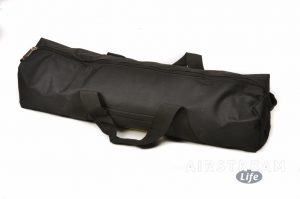


 A flat tire can do lot more damage to your trailer than you might think. It doesn’t just go flub-flub-flub as you come to a stop. Often you’ll have no idea that you’ve had a flat because it’s way back there on the trailer as it starts to shred. It rips up your Airstream, destroys the wheel, creates a hazard on the road, and it leaves you with a thousand dollars of damage that could’ve been prevented.
A flat tire can do lot more damage to your trailer than you might think. It doesn’t just go flub-flub-flub as you come to a stop. Often you’ll have no idea that you’ve had a flat because it’s way back there on the trailer as it starts to shred. It rips up your Airstream, destroys the wheel, creates a hazard on the road, and it leaves you with a thousand dollars of damage that could’ve been prevented. You can get drinking water hoses everywhere, and they’re usually pretty cheap—about $30. But the ones the RV industry pushes are really pretty bad. They kink, they have thin fittings that bend and leak after a year or so, and they fail regularly. Don’t even think of letting it freeze or get run over by a truck while it’s pressurized; the hose will burst. For these reasons, many people end up buying a new hose every year or so, which is not a good deal in the long run.
You can get drinking water hoses everywhere, and they’re usually pretty cheap—about $30. But the ones the RV industry pushes are really pretty bad. They kink, they have thin fittings that bend and leak after a year or so, and they fail regularly. Don’t even think of letting it freeze or get run over by a truck while it’s pressurized; the hose will burst. For these reasons, many people end up buying a new hose every year or so, which is not a good deal in the long run.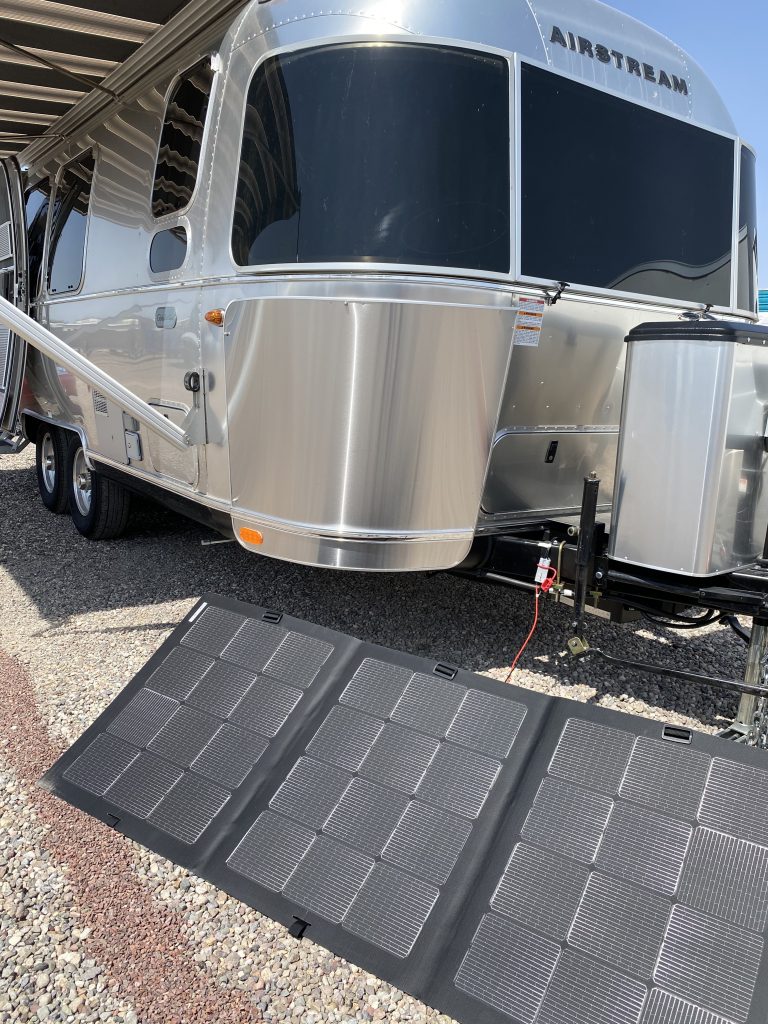
 In addition, our Portable Solar Kit uses a very high quality Merlin panel that has thousands of “interconnects” in each panel, many more than traditional panels. That means the panels are less affected by a bit of shading, say, from a leaf. The net result of this and the ability to move the panels to point at the sun means the 160-watt Portable Solar Kit can yield as much power as a significantly larger rooftop array.
In addition, our Portable Solar Kit uses a very high quality Merlin panel that has thousands of “interconnects” in each panel, many more than traditional panels. That means the panels are less affected by a bit of shading, say, from a leaf. The net result of this and the ability to move the panels to point at the sun means the 160-watt Portable Solar Kit can yield as much power as a significantly larger rooftop array.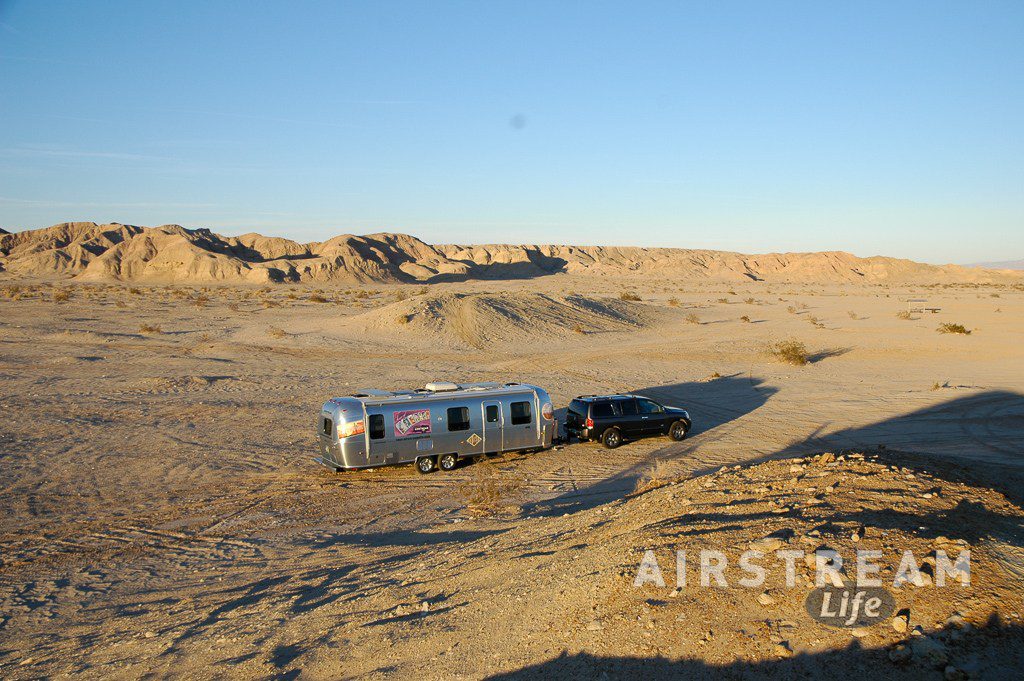
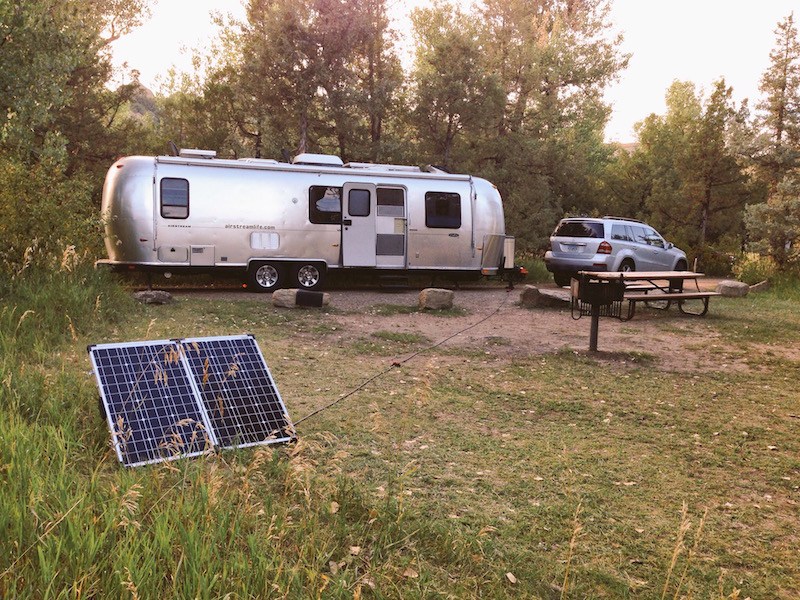
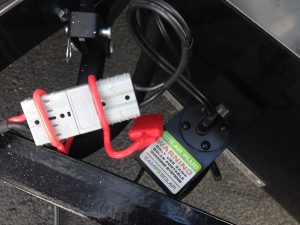
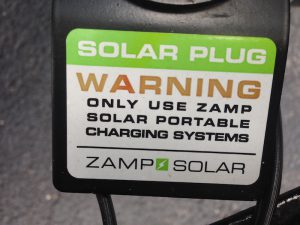
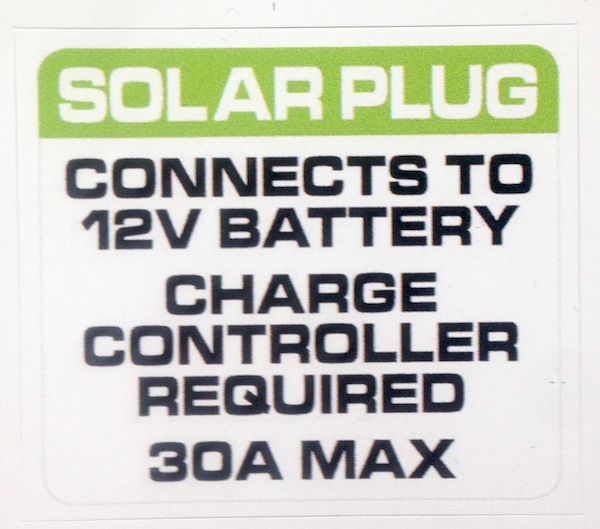 By the way, if you don’t have this port, we have another
By the way, if you don’t have this port, we have another